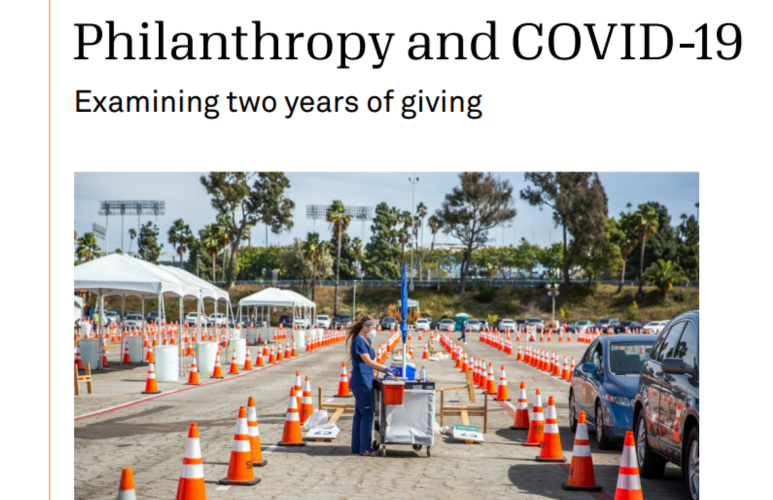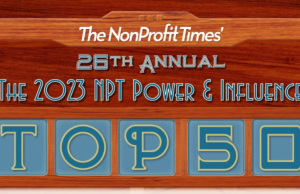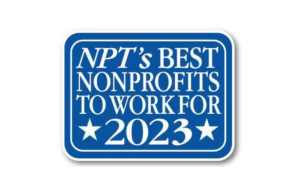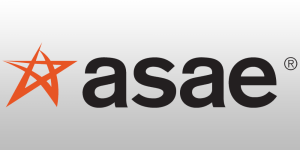Funding by large U.S. foundations increased overall but COVID specific funding dropped 31% from fiscal 2020 to 2021. Among 490 foundations from where data was shared for both years, foundation leaders estimated $2.1 billion in COVID-19 support in fiscal 2020, and 323 foundations provided nearly $1.5 billion in fiscal 2021.
Corporate foundation funding for COVID-19 decreased the most dramatically (76%), but community and independent foundations also declined. The number of respondents supporting COVID-19 also went down. Whereas 398 of 490 respondents reported COVID-19 support in fiscal 2020, 323 gave support in fiscal 2021.
COVID-19 funding as a proportion of overall grant dollars also declined in fiscal 2021. Whereas COVID-19 funding accounted for 12% of total giving in fiscal 2020, that proportion fell to 7% in fiscal 2021. The survey invited respondents to clarify their responses. Several explained that their fiscal years end in the early months of the year and, therefore, their COVID-19 support for calendar year 2020 was reflected in fiscal year ending 2021. Nonetheless, this did not change the overall trend of decreased coronavirus support in fiscal 2021.
The data is from a new report by Candid and the Center for Disaster Philanthropy (CDP), Philanthropy and COVID-19: Examining two years of giving. In 2021, 18% of COVID-19 dollars was explicitly designated as flexible or general support. At face value, this would appear to be a decline from 2020, when 43% of funding was unrestricted, the study’s author wrote. But 2020 trends were driven by MacKenzie Scott, whose outsized grants were mostly unrestricted. Excluding her grants from the analysis, 16% of dollars in 2021 were unrestricted, double the 8% in 2020.
Overall, 29% of total awards were unrestricted, an increase from 20% in 2020. Seventy-five donors awarded at least one unrestricted grant. Community foundations made more of their funding unrestricted (49%) than other donor types.
The data shows that 17% of dollars was coded for policy, advocacy, and systems change. Awards for policy, advocacy, and systems change were directed both internationally and for the U.S. For example, the Ford Foundation gave $1.5 million to the United Kingdom-based Frontline AIDS to support the People’s Vaccine Alliance to advocate for an equitably distributed and free people’s COVID-19 vaccine.
In the U.S., the Cedars-Sinai Medical Center awarded $1.8 million to the Community Clinic Association of Los Angeles County for the Transforming Health Center Recovery project. This project aims to improve community health center capacity and engage 20 health centers.
Most funding for policy, advocacy, and systems reform addressed “equal access.” According to Candid’s taxonomy, equal access describes efforts to ensure equal opportunity and access to services, resources, and/or advancement in particular fields of activity. Equal access is a sub-category of policy, advocacy, and systems change.
During the pandemic, equitable access to COVID-19 vaccines, testing, and treatment became critical — alongside continued access to broader health and mental health care, education, and other services. Funding in this category included grants from the Bill & Melinda Gates Foundation for COVID-19 support in India, Bangladesh, Nigeria, Mozambique, Nepal, and other countries. The Gates Foundation also awarded grants in the U.S. to increase access to COVID-19 testing at historically black colleges and universities and their local communities.










